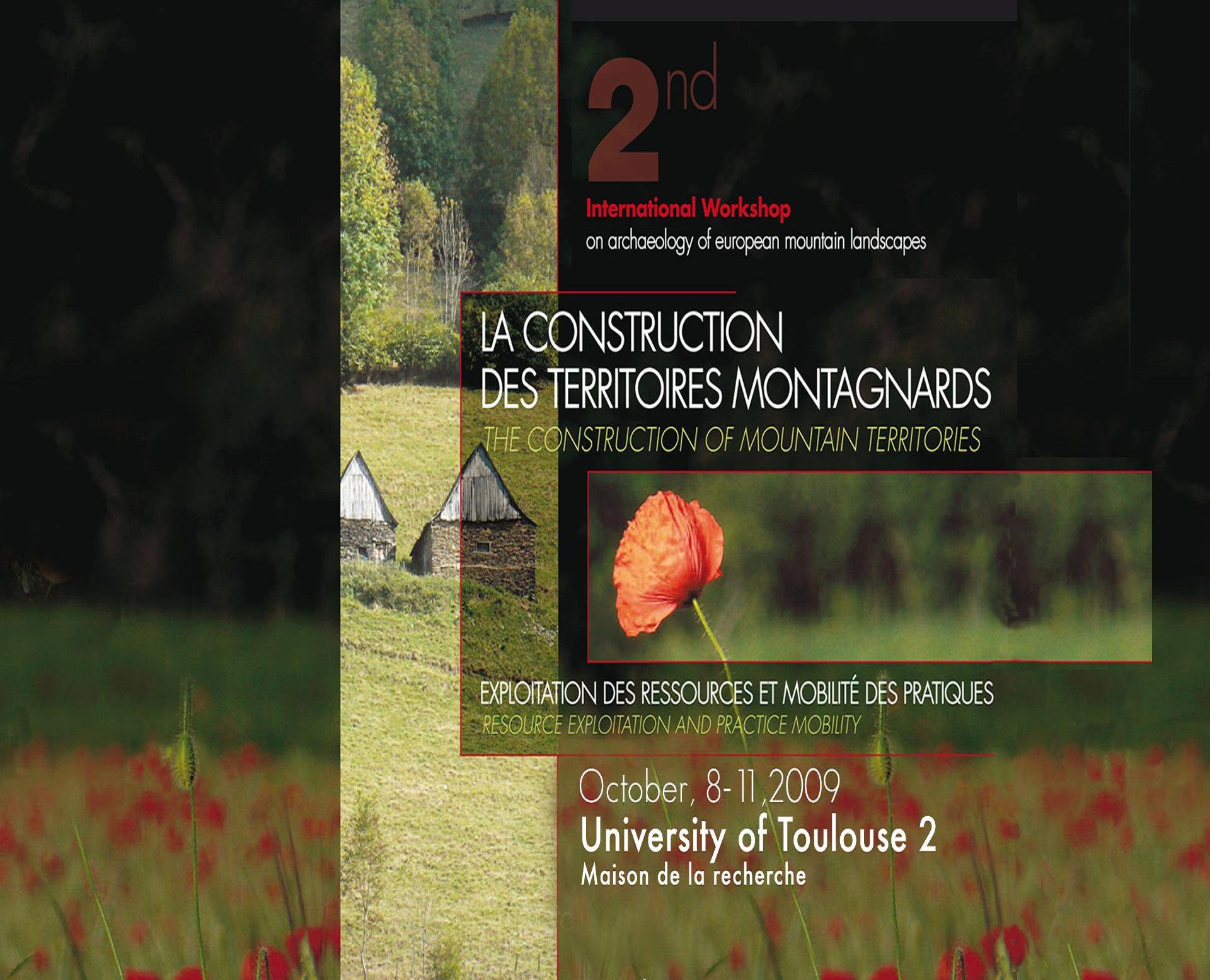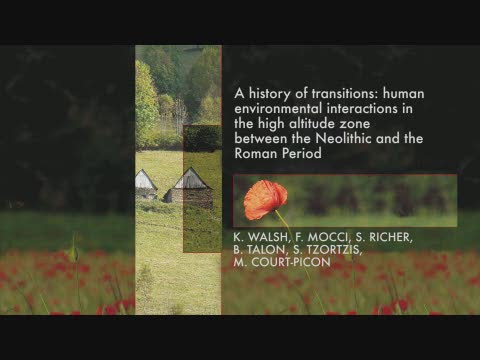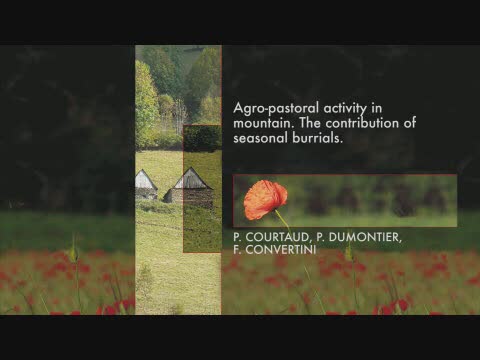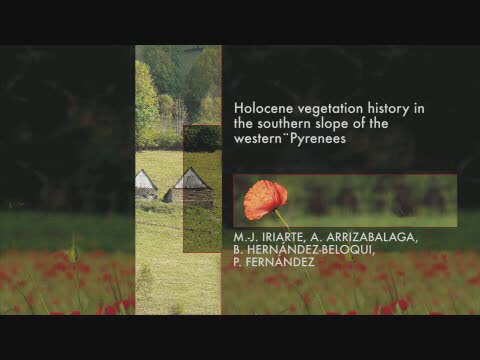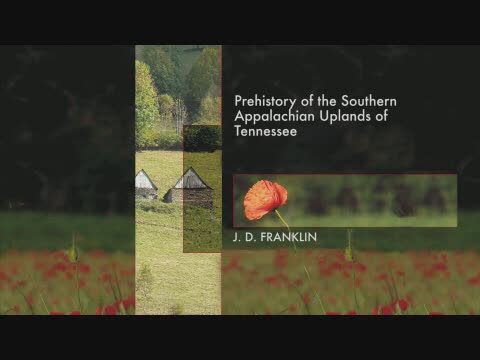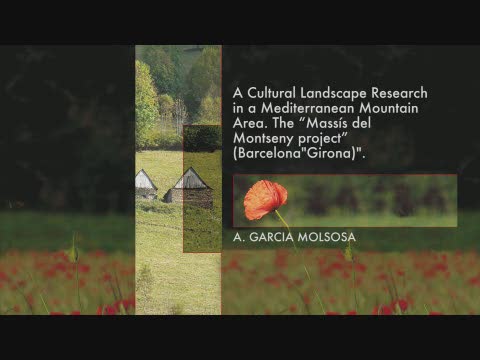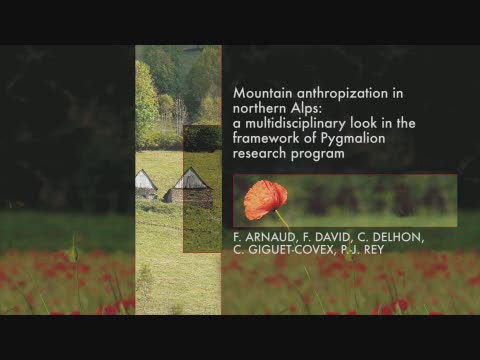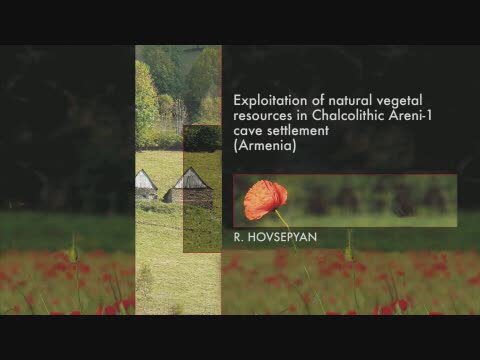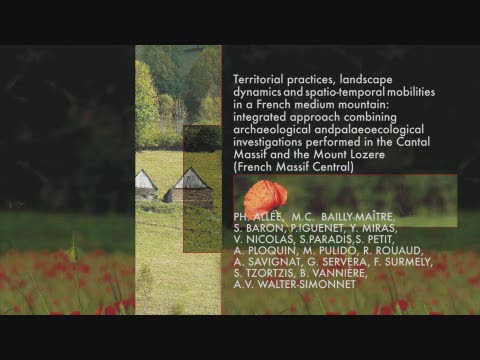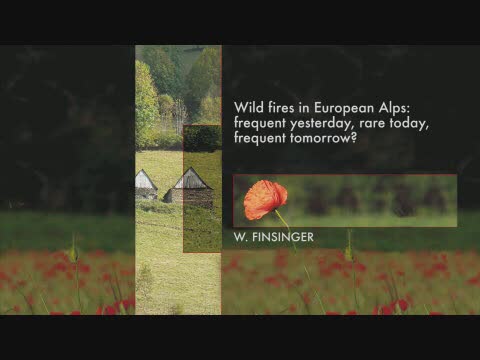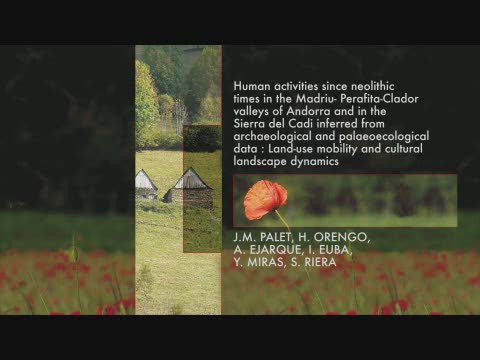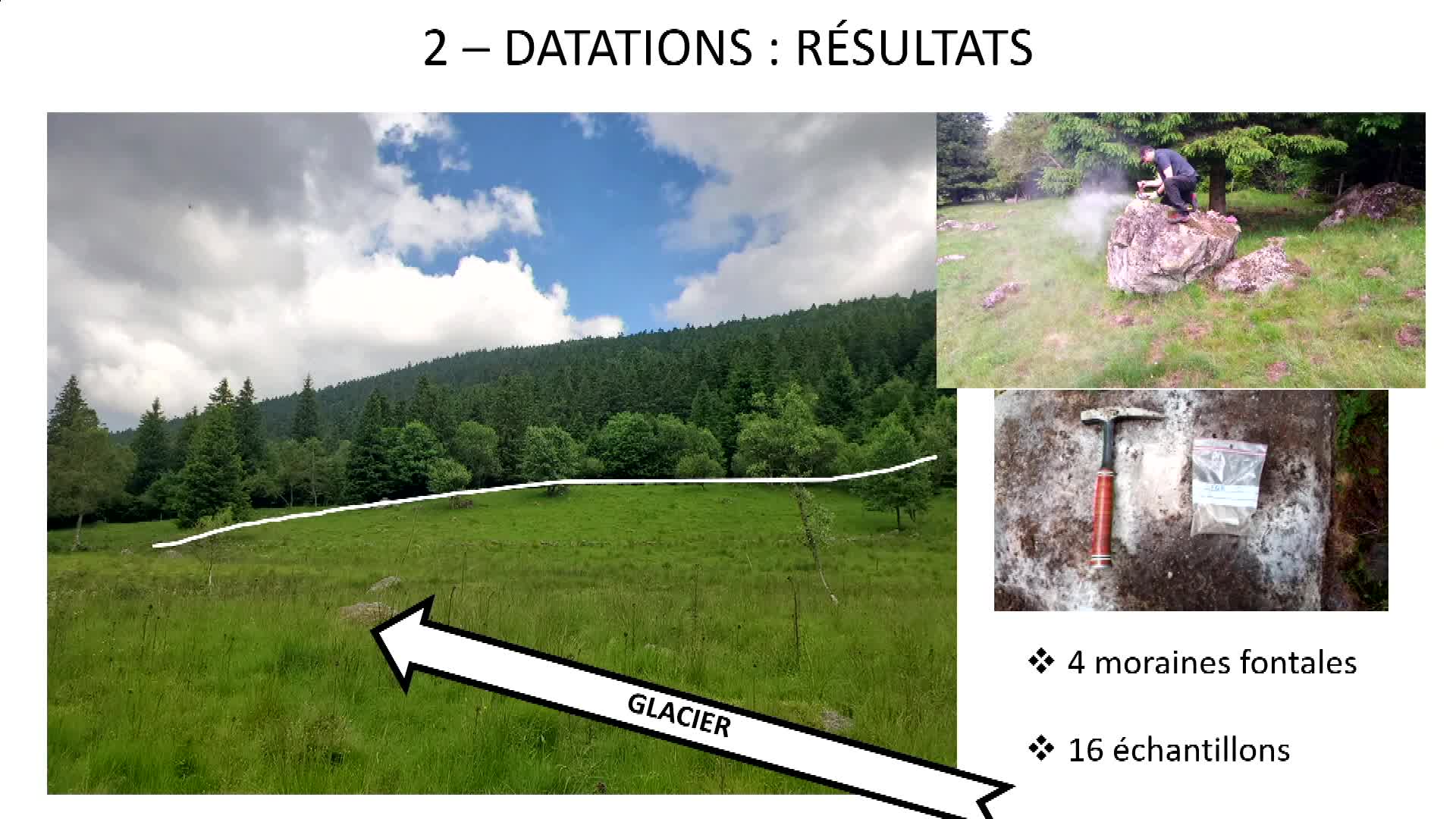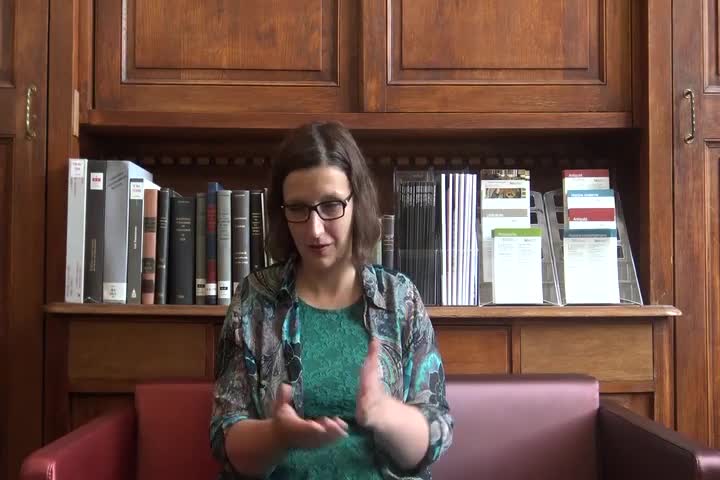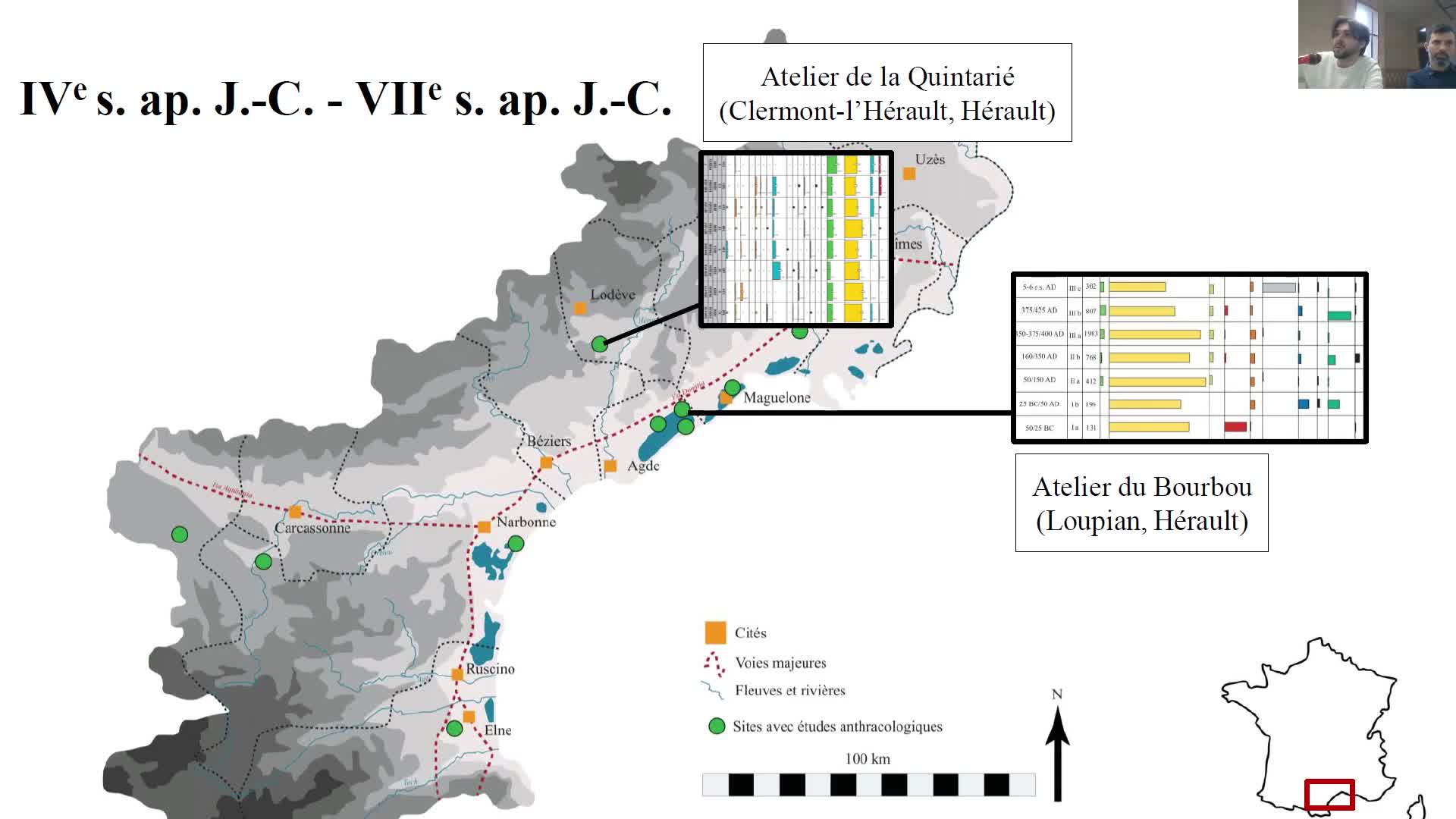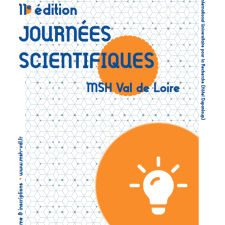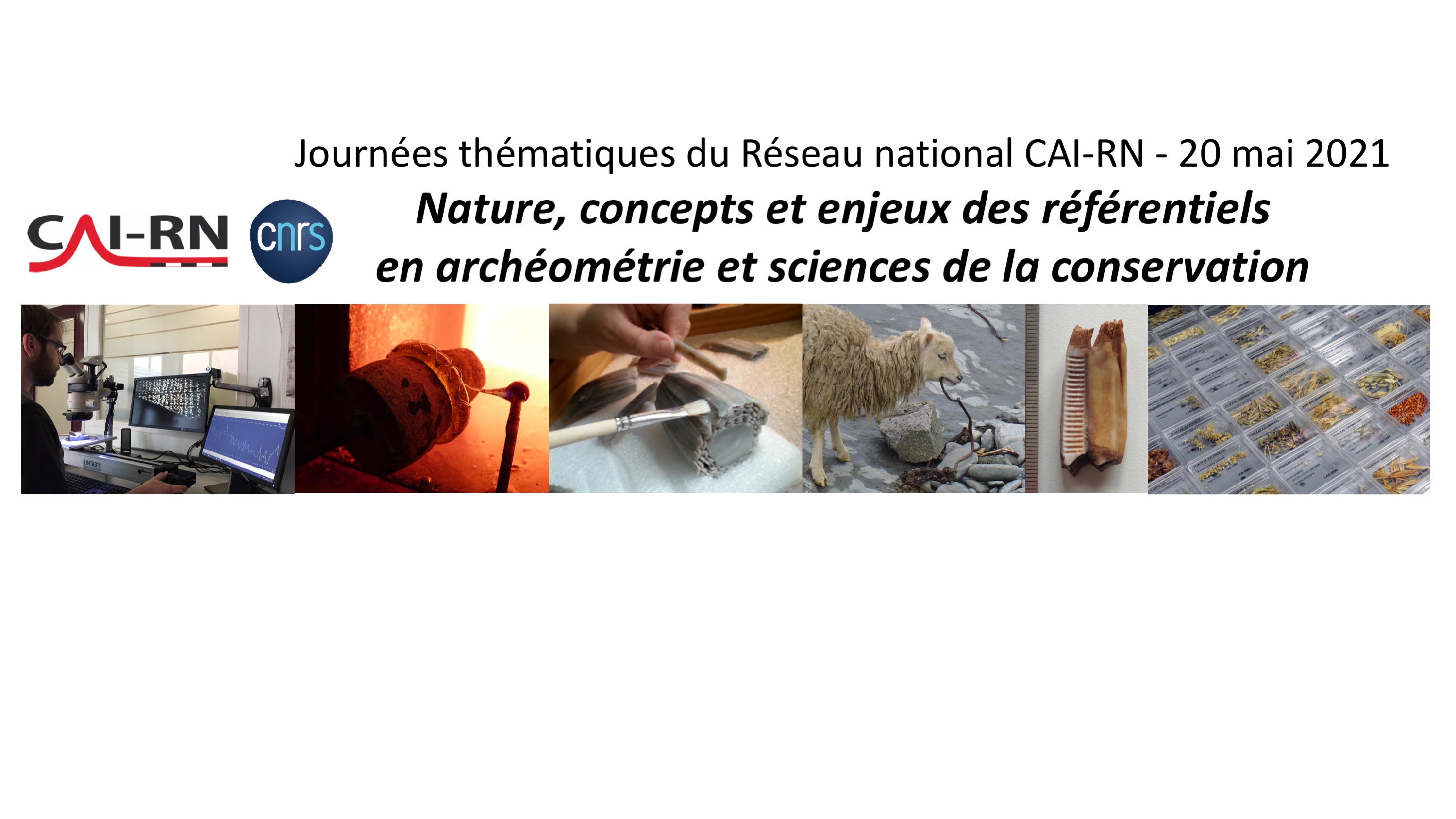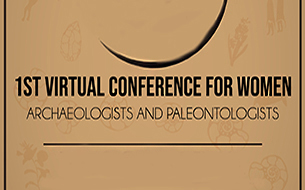Notice
Mountain farming of Norway : Land use History and Development of cultural Landscapes / Mons Kvamme
- document 1 document 2 document 3
- niveau 1 niveau 2 niveau 3
Descriptif
Mountain summer farming of Norway : land use History and Development of cultural Landscapes / Mons KVAMME. In "La construction des territoires montagnards : exploitation des ressources et mobilité des pratiques, 2ème International Workshop on archaeology of european mountain landscape, organisé par les Laboratoires GEODE et TRACES (Toulouse) et le Centre d'Archéologie Préhistorique du Rhône aux Alpes (Valence, France). Université Toulouse II-Le Mirail, 8-11 octobre 2009. [Première journée.]
The total landscapes of Norway are dominated by mountains, forests, open heathlands and grasslands. Only about 3% of the land surface is suited for cultivation or arable farming. The land use patterns of uncultivated areas were therefore of great importance to traditional farming economy, and even today they have impact on present day cultural landscapes. The practice of summer farming has been widespread over most of the country. It implied that the livestock was sent away to remote parts of the farm for most of the growing season. As a majority of the farmers had to keep their animals indoors half"the"year, it was necessary for them to collect as much as possible of the summer production close to their homesteads and secure it for winter fodder. In particular in the fjord districts of Western Norway this was important, as the habitable areas at the bottom of the steep mountainsides along the fjords are very limited. These areas had to be utilized for winter fodder production, and the livestock was sent into the mountains to take benefit of the production of the high altitudinal pastures. In general they were only accessible from mid"June to mid" September due to the snow cover. The proper summer farms were normally situated so far away from the major settlement of the farm that people (mostly young women) had to stay there in small cabins to look after the livestock and take hand of the milk production, in order to make cheese and butter. These products were regularly transported back to the settlement at the farm or in the village. In most cases several farmers placed their cabins at thesame summer farm for safety reasons and to facilitate the work. They also shared the pastures belonging to the different farms.
The summer farms also became arrowheads for the utilization of other resources of the mountain areas, as wood collecting, hunting, hay making at outlying meadows, iron production or fishing in mountain lakes. The value of these resources to the total farm economy could be as important as the production of cereals, meat, butter and cheese.
The activity at the summer farms created distinct cultural landscapes that still are visible, even though most of the traditional land use today has ceased. In addition to the cabins themselves, the impact of the livestock led to the development of gradients in the vegetation according to different intensity of grazing at different distances from the cabins. In the summer farming areas, the forest line became lowered compared to its natural climatical limit, and much of natural shrub vegetation was replaced by open grasslands. Many species were established at higher altitudes than expected due to this type of land use. Summer farming is closely related to similar traditional types of land use found in high altitudinal parts of Switzerland, Germany, Austria, Northern -Italy and Eastern-France. In German it is called “Alm"Wirtschaft”, and this must not be mixed up with the “transhumance” traditions of Southern" Europe. Summer farming, Alm"Wirtschaft and similar land use practices are based on winter foddering of the livestock, whereas transhumance is based on all"year"round grazing in different regions. The history of summer farming is difficult to trace. In most of the country it seems to origin earlier than the oldest written source materials. Archaeological excavations of prehistorical cabins and other settlement remains have given valuable information, but the interpretation of this kind of source material alone impose uncertainties as very few items or constructions can be specific related to summer farming. Palaeoecological studies of the cultural landscape development can also contribute to solve the question, but there are many methodological problems related to e.g. low local pollen production, pollen transport and dispersal, and sediment disturbances. However, by combining the three types of source materials, it has been possible to improve the understanding of prehistorical land use in summer farming areas.
Most farmers in the fjord areas had intermediate spring pastures where livestock could graze during springtime before the snow had disappeared from the higher altitudes.These pastures were used for different purpose later in the summer. From studies of the cultural landscape development at such sites, it has been possible to achieve new information about the land use history of the total farm resources. This also facilitates the interpretation of the source material from the summer farms at higher altitudes.
Intervention / Responsable scientifique
Dans la même collection
-
La construction des territoires montagnards : exploitation des ressources et mobilité des pratiques…
GalopDidierThe occupation and the exploitation of mountain environments, both during conquest and maximum demographic phases, or on the contrary, during desertification phases, differ in geographical
-
Human environmental interactions in high altitude zone between Neolithic and roman period / K. Walsh
WalshKevinA History of Transitions : human environmental interactions in the high altitude zone between Neolithic and roman period. Kevin WALSH. In "La construction des territoires montagnards : exploitation
-
L'agro-pastoralisme en milieu montagnard : l'apport des sépultures saisonnières / Patrice Courtaud
CourtaudPatriceL'agro-pastoralisme en milieu montagnard : l'apport des sépultures saisonnières. Patrice COURTAUD. In "La construction des territoires montagnards : exploitation des ressources et mobilité des
-
L'évolution végétale holocène sur le versant sud des Pyrénées occidentales / Maria-José Iriarte
IriarteMaría JoséL'évolution végétale holocène sur le versant sud des Pyrénées occidentales. Maria José IRIARTE. In "La construction des territoires montagnards : exploitation des ressources et mobilité des pratiques"
-
Prehistory of the Southern Appalachian uplands of Tennessee / Jay Franklin
FranklinJay D.Prehistory of the Southern Appalachian uplands of Tennessee. Jay FRANKLIN. In "La construction des territoires montagnards : exploitation des ressources et mobilité des pratiques", 2e International
-
A cultural landscape research in a mediterranean mountain (Barcelona-Girona) / A. Garcia Molsosa
Garcia MolsosaArnauA cultural landscape research in a mediterranean mountain area : the "Massis del Montseny project" (Barcelona-Girona) / A. GARCIA MOLSOSA. In "La construction des territoires montagnards :
-
The Hidram4000 project : land use, human occupation and lanscape changes in Spain / A. Curras
Currás DominguezAndresThe Hidram4000 project : land use, human occupation and lanscape changes in Spain during the last 3000 years. The Somolinos lake record (1240 M A.S.L.) : Siera de Pela, Guadalajara Province. Andres
-
Mountain anthropization in Alps : a multidisciplinary look in the Pygmalion program / F. Arnaud
ArnaudFabienMountain anthropization in Alps : a multidisciplinary look in the framework of Pygmalion research program. Fabien ARNAUD. In "La construction des territoires montagnards : exploitation des ressources
-
Exploitation of natural vegetal resources in chalcolithic areni-1 cave (Armenia) / R. Hovsepyan
HovsepyanRomanExploitation of natural vegetal resources in chalcolithic areni-1 cave settlement (Armenia). Roman HOVSEPYAN ovsepyan, Roman. In "La construction des territoires montagnards : exploitation des
-
Territorial practices, landscape dynamics and mobilities in a french mountain / P. Allée, Y. MIras
AlléePhilippeMirasYannickTerritorial practices, landscape dynamics and spatio-temporal mobilities in a french medium mountain : integrated approach combining archaeological and paleoecological inverstigations performed in the
-
Wildfires in european alps : frequent yesterday, rare today, frequent tomorrow ? / W. Finsinger
FinsingerWalterWildfires in european alps : frequent yesterday, rare today, frequent tomorrow ?. Walter Finsinger. In "La construction des territoires montagnards : exploitation des ressources et mobilité des
-
Exploitation des vallées andorranes depuis le Néolithique/ J.-M. Palet Martinez, H. Orengo Romeu
Palet i MartínezJosep M.Orengo RomeuHèctor A.L'exploitation des ressources des vallées andorranes du Madriu-Perafita-Claror et de la chaîne du Cadi (Pyrénées orientales) depuis le Néolithique à partir des données archéologiques et
Sur le même thème
-
GLAMCE - Dater les paysages glaciaires du Forez : combinaison d’une technique low-tech (Marteau de …
RousselErwanAncrenazArthurArthur Ancrenaz et Erwan Roussel, membres de GEOLAB, présentent le projet GLAMCE.
-
Témoignage de Anca-Cristina Dan
DanAnca-CristinaGuérinAnaëlleDans le cadre de la préparation du 250e anniversaire de son ouverture au public, en décembre 2020, la Bibliothèque interuniversitaire de la Sorbonne (BIS) a mené une collecte d’archives orales afin de
-
Approvisionner le feu en bois. Regard anthracologique sur l’exploitation du Bois des Lens et les us…
VaschaldeChristopheChardonneau-HenneuseJulienApprovisionner le feu en bois. Regard anthracologique sur l’exploitation du Bois des Lens et les usages du combustible par les potiers de l’Antiquité tardive.
-
Au bon air des jardins. Géohistoire climatique des parcs et jardins urbains (18e-21e siècles), comp…
MetzgerAlexisLes parcs et jardins ont connu à la fois des métamorphoses et une certaine continuité de leurs fonctions écologiques (Mathis et Pépy 2017; Musée historique de Lausanne 2022).
-
Alfredo Mayoral - « Gergovie : nouvelles recherches géoarchéologiques et paléoenvironnementales »
Le jeudi 16 septembre 2021, à 20h30, sur Facebook, Page Musée de Gergovie, Alfredo Mayoral, géoarchéologue, à l'Institut Catalan d’Archéologie Classique et à GEOLAB (UMR 6042 CNRS / UCA UNILIM), a
-
M. DJAMALI et M. MASHKOUR, Réflexions sur la contribution des coprolithes de hyènes modernes comme …
Réflexions sur la contribution des coprolithes de hyènes modernes comme référentiel pour les reconstitutions paléoenvironnementales. Morteza DJAMALI1, Marjan MASHKOUR2 1-CNRS, IMBE (morteza
-
Rendez-vous IIIF 360 - Gilles Bertin " Annotate (E-ReColNat), logiciel d'annotation compatible IIIF"
Gilles Bertin ingénieur de recherche au CNAM, présente le logiciel d'annotation "Annotate", compatible IIIF.
-
"Ouranopithecus macedoniensis" (late Miocene, Greece): analysis of mandibular fragments using …
IoannidouMelaniaOuranopithecus macedoniensis (late Miocene, Greece): analysis of mandibular fragments using 3D geometric morphometrics / Melania Ioannidou, in colloque "1st Virtual Conference for Women
-
What is shaping the brain? A perspective on brain size evolution in carnivorans / Margot…
MichaudMargotWhat is shaping the brain? A perspective on brain size evolution in carnivorans / Margot Michaud, in colloque "1st Virtual Conference for Women Archaeologists and Paleontologists. Nouveaux
-
A transdisciplinary approach to reconstruct the Nilotic socio-ecosystem in Luxor west bank during t…
NicatoreGiuliaA transdisciplinary approach to reconstruct the Nilotic socio-ecosystem in Luxor west bank during the Ptolemaic period (3rd-1st centuries BC.) / Giulia Nicatore, in colloque "1st Virtual Conference
-
Neanderthal facing climatic disruptions of the MIS 4 in southwestern France: between cynegetic choi…
DancetteChristelleNeanderthal facing climatic disruptions of the MIS 4 in southwestern France: between cynegetic choices and environmental constraints / Christelle Dancette, in colloque "1st Virtual Conference for
-
The middle triassic palaeoflora of monte Prà della Vacca / Kühwiesenkopf (NE Italy)-new investigati…
ForteGiuseppaThe middle triassic palaeoflora of monte Prà della Vacca / Kühwiesenkopf (NE Italy)-new investigations / Giuseppa Forte, in colloque "1st Virtual Conference for Women Archaeologists and


